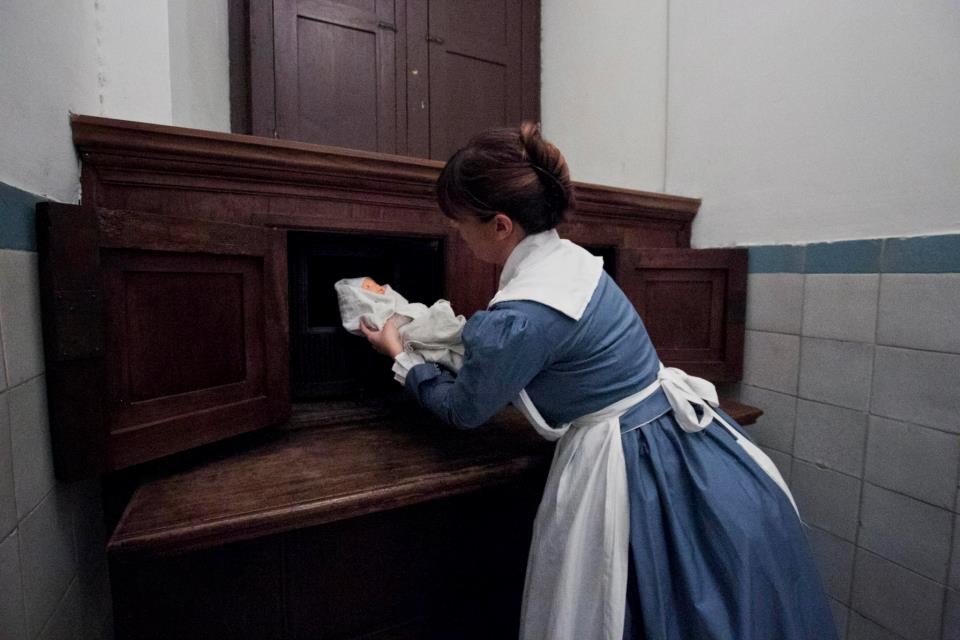A memorial to the miners in Monongah serves to remind us of the abhorrent working conditions and terrible risks undertaken by these men on a daily basis merely to provide food for their families. Yet, courage and fortitude in the coal mining towns were not attributes limited to the men alone. The women who endured life and tragedy in these towns are worthy of notice as well.
Today, in remembrance of these women, a committee is attempting to gather the funds to erect a statue to pay tribute to the widows of the Monongah disaster and to coal miner’s wives everywhere. The idea for this memorial was conceived by Reverend Everett Francis Briggs of Monongah. Rev. Briggs remembers with emotion the story of one Italian woman left widowed by the Monongah disaster. Deeply affected by the calamity, her mind was never able to recover from the violent death of her husband. Each day she returned to the mine and carried home a small load of coal to lighten her husband’s load. Rev. Briggs has never forgotten this widow and prays at her grave often.
Below is a sketch of the proposed statue as well as a newspaper article about the project for anyone who might care to contribute. All donations to this Monongah Heroine Memorial will be personally acknowledged by Reverend Briggs. Donations are tax deductible.
Anyone wishing to have the complete list of the names of the 171 Italian victims of the Monongah disaster, as well as their beneficiaries, can send me a private message on this website.
Photos of the Monongah disaster are online at:
http://www.msha.gov/DISASTER/MONONGAH/MONON1.asp
******************

Update On The Progress Of Monongah Statue
By Russell F. Bonasso
Some months ago, we wrote that a
group of interested people formed a
committee, headed by Father
Briggs, that would undertake a pro-
ject to build a memorial honoring,
not only the widows of the 1907
coal mining disaster, but to coal
miners’ wives everywhere who have
led a hard and difficult life.
The older readers can remember,
and the younger readers have heard
how hard those women worked.
Imagine this scenario – many min-
ers, during the depression, worked
only one or two days a week and
many weeks, no days, where the
“women of the houseâ€Â





